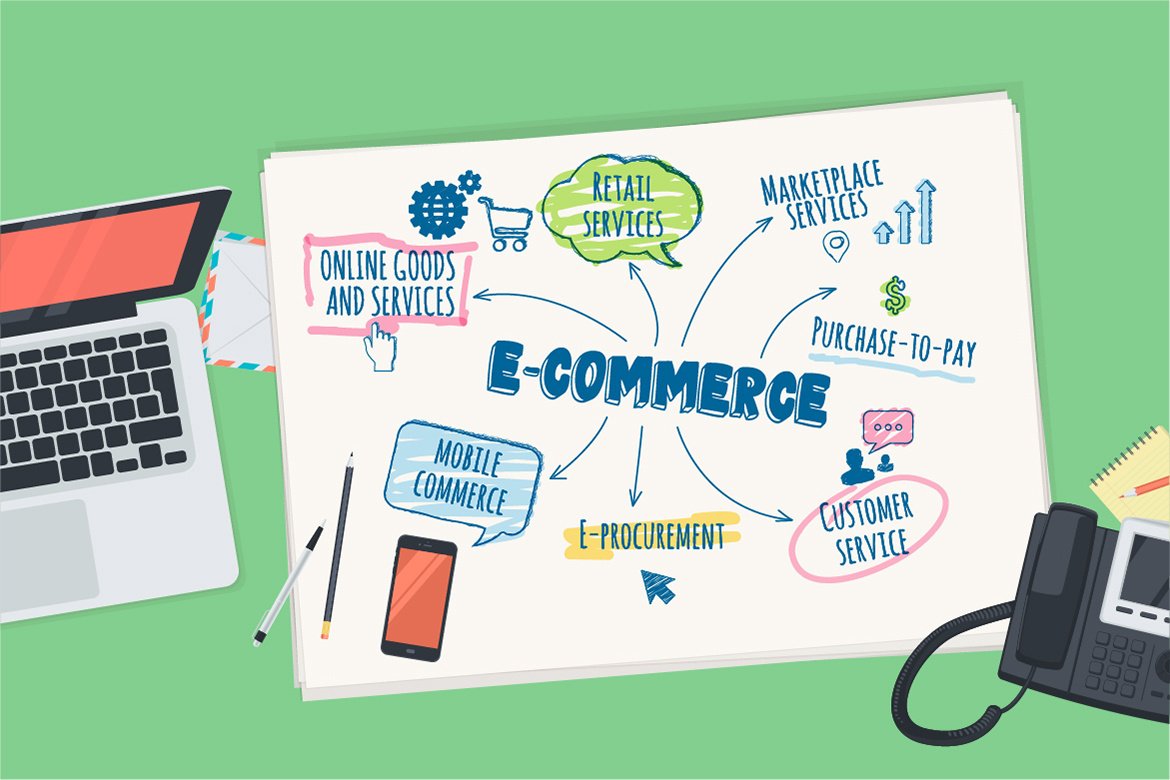As the proprietor of an online company, I was concerned about increasing income. With increased competition in most industries, eCommerce merchants must constantly increase income to bring stability and meet rising operational costs.
Some of these techniques are simple and inexpensive to adopt, such as remarketing to your existing client base. Others are more expensive and time-consuming to complete. When assessing methods, keep the larger picture in mind. Though more expensive and more consuming, investing in a new store serving a new market has the potential to quadruple your business vs. the modest boost you may obtain from another concept.
Getting New Customers:
Every eCommerce company, presumably, is looking for new consumers. But are you genuinely committed to that effort? Here are some suggestions.
- Sales through referrals. Set up a referral scheme to capitalize on your current clients. Please give them a reason to recommend you to their friends via social media, email, or other channels.
- Increase your advertising budget. Pay-per-click advertisements, remarketing advertisements, content advertisements, and print advertisements that target new consumers, keywords, or items.
- The buzz on social media Run Facebook sweepstakes or contests to gain new email subscribers, frequently write, tweet about deals and new items, and increase your followers and fans.
- Positioning change. Create a new marketing campaign with a new style and feel that will appeal to a different market group, update your website with a more current design, gain media exposure, and generate discussion about something you do differently than your rivals.
If you want to grow your sales by 20%, you must gain 20% more consumers. It is conceivable that your new clients will not purchase as much as your present customers at first, so plan accordingly.
Prospecting for New Markets:
By “new markets,” I mean entirely new customers who are unaware your shop exists.
A new store may be able to access new markets in some circumstances. In other situations, such as when targeting an international market, your website may need to be translated into the local language.
- Markets in other countries. Consider localizing your website for different languages and promoting to those nations through advertisements, social media, and other channels. It may be as easy as developing new landing pages in English-speaking nations to convince clients that you are devoted to servicing their country and understand shipping, customs regulations, and local habits.
- Market segmentation. You can broaden your products in a particular market and build a new store to service it. We achieved this in my prior eCommerce business by launching a jewelry-focused store instead of beads and pendants. A larger market Consider extending your services to a larger market if you own a specialty store.
- Is it better to buy wholesale or retail? Many stores begin as wholesale or retail and discover that they can service the other market by changing their pricing methods. There are several distinctions to be made. However, it is a feasible option for many online firms.
- Mobile. People are increasingly shopping on their cell phones. If you do not service this market, you will lose sales.
- Sell through a new channel. Expand your product offers to online markets such as Amazon, Buy.com, Overstock.com, Sears.com, and eBay. In many situations, these are new customers, not old ones. When we opened an Amazon shop in 2010, we discovered a vast new market for items that we had previously only supplied wholesale. It turned out to be a high-volume, high-margin market for some extremely esoteric gemstone pendants that weren’t selling well in our initial target market.
The benefit of pursuing new markets as a strategy is that the impact may be massive rather than gradual. The drawbacks are that the investment might be significant, and the risk is higher.

Related Post: Top 10 World’s Largest eCommerce Companies in 2021
Increase your sales to existing customers:
For most firms, I prefer this method. Merchants might get caught up in acquiring new customers and lose sight of the thousands of consumers who currently do business with them. There are several methods for increasing revenue from existing clients. The majority of them are low-cost.
- There will be more remarketing. Email newsletters are an excellent method of remarketing. You may send abandoned shopping cart email promos, as well as transactional email promotions with all purchases and shipment confirmations. You can direct marketing to the most probable consumers of your items.
- Promotions that are aggressive. Offer aggressive promotions on a limited number of goods to your email subscribers, Facebook friends, and Twitter followers. Offer them discounts solely on goods you know they want and try to upsell and cross-sell additional products with better margins. People enjoy a good deal. Customers, we discovered, will often spend money on other impulse purchases at the same time.
- Loyalty programs are available. To me, this is a no-brainer. Make an offer to your most devoted clients. It might be as easy as offering free or same-day shipment. We provided an extra yearly discount to clients who spent more than a specific amount in our situation. This kept them loyal to us and reduced the possibility of them shopping elsewhere for a better deal.
- Daily specials. Offer a daily bargain to keep visitors looking at your business and your brand in the spotlight. Even if customers do not reply to the day’s offer, it will improve their probability of purchasing from your shop.
Boost the Average Order Size:
Many businesses neglect this technique. Here are a few particular suggestions.
- Upsells that are more aggressive. Check to see if your website displays up-sell goods on product detail pages and in your shopping cart. When we presented clients with three or five identical options, we discovered that they virtually invariably picked a product in the mid-to-high range. If you don’t show such options, people may buy the cheapest option or abandon your site if they believe you only offer a more costly one.
- Product cross-selling. Display similar items that are relevant to your product detail pages and your shopping basket. Some carts are highly automated and display products that are commonly purchased together. However, we discovered that by introducing particular complimentary goods ourselves, we could enhance sales of them together.
- Volume discounts. Offer a bulk discount if your shopping cart allows it. If your standard order is $50, give a 10% discount at $75 and a 15% discount at $150. Use a pop-up to remind clients that they are only a few dollars away from a discount, and then show them several goods in that price range to pick from.
Long term, increasing the average order size may be challenging because your order size typically changes seasonally and over time. However, if you pick it as a strategy and implement a plan to make it effective, you will most likely be successful.

